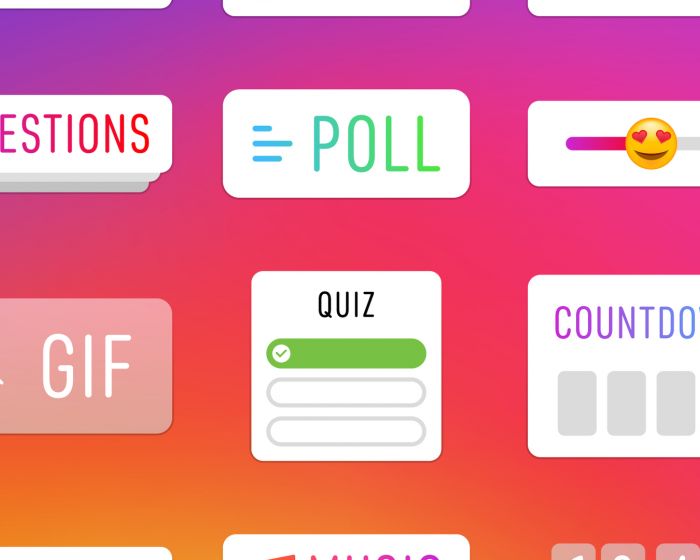In part I of this guide, we bring you 6 tactics that should be avoided at all costs if you wish to successfully optimise your website:
1. Automatically generated content
Also known as auto-generated content, this type of content has been generated using a program and therefore tends to consist of paragraphs of text that don’t make sense to the reader, but are filled with keywords.
2. Cloaking
This practice involves presenting different content to users compared with the content presented to search engines. It essentially deceives both the users and the robots and is a direct violation of Google’s quality guidelines.
3. Creating pages with little or no original content
This is something that Google places a particular emphasis on. If a website wants to rank well in Google search results it needs to be brimming with high-quality, information-rich content that features relevant keywords applicable to the content. Some websites try to work their way around this by creating pages stuffed with keywords that bring no value to the reader. These are quickly detected by Google and your site could be removed from search engines as a result.
4. Creating pages with malicious behaviour
Pages with malicious behaviour manipulate content on the page in a way that the user does not expect. Such behaviour could include pages that feature malware, viruses, Trojans, or other badware, phishing or the installation of popups or new ads on pages by swapping out current ads on a web page.
5. Doorway pages
These are pages that contain very similar content to other pages and are designed for spamming the index of a search engine. Doorway pages insert results for particular phrases but are designed to send visitors to a different page.
6. Hidden text or links
Another illicit practice involves hiding text or links within your content, which is a clear violation of Google’s Webmaster guidelines. This can be achieved by using white text on a white background, so that it cannot be seen, by locating text behind an image and by setting the font size to zero. It is also possible to use CSS to position text off-screen, or hide a link by only linking a small character (such as a comma, hyphen or full stop).
Please stay tuned for part 2 of our optimisation guide!








